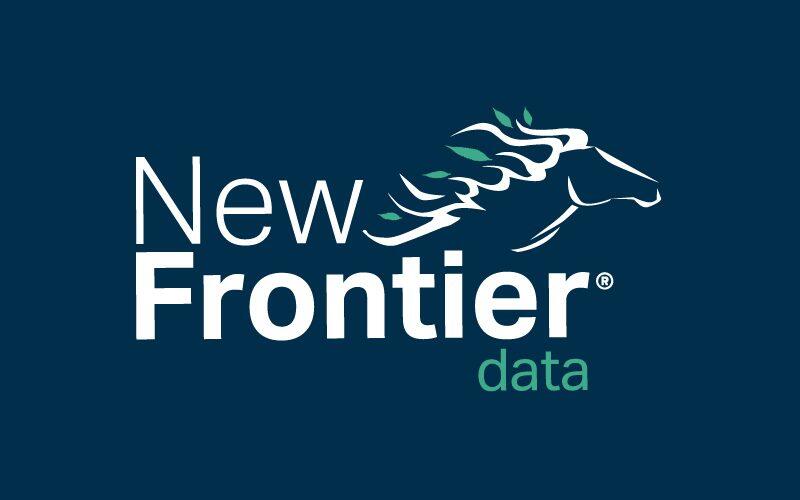Florida Court Rules Vertical Integration Unconstitutional: So, What Now?

Potential Additional Annual Revenues From States Currently Debating New Cannabis Laws
August 4, 2019
As Colorado’s Medical Market Finds a Plateau, Adult-Use Climbs 2x Higher
August 11, 2019By Beau R Whitney, Vice President and Senior Economist, New Frontier Data
A Florida court of appeals decision last month ruled that the state’s regulatory framework for its medical cannabis program mandating vertical integration was unconstitutional. What does it mean for Florida’s system, or for other states? What are the associated implications? They may prove vast, impacting not only Florida’s system, but other state regulatory structures throughout the country.
Immediately, regulators in other states with newly legalized programs will seek to avoid similar pitfalls while striking an effective regulatory balance: Oregon’s unlimited license policy is an opposite example of what other states yet prefer to avoid. Florida’s blueprint for vertical integration had been an obvious bulwark against unlimited licensure, but the court essentially deemed it to be an overcorrection.
Vertical integration allows a company to control all factors of production, from seed to sale in terms of the cannabis trade. The benefits of vertical integration are derived through being able to manage all aspects of the supply chain, affording ultimate control over internal costs of production. There are also associated tax advantages (for now), as one division can pass through costs throughout the chain. Investors are inclined to place a high value on purely vertically integrated companies; in some instances, Florida licenses have been valued in excess of $25 million.
The impact of the court decision toward existing licensees was that the value of their licenses literally decreased overnight: Not only did the value drop in the portfolios of investors, but operating costs reflexively rose due to the higher potential tax rate. New Frontier Data’s corporate partners at CohnReznick have published prolifically on the topic. Interested parties are encouraged to revisit their research.
From a tactical perspective, the court decision stands to benefit those who were previously unable to enter the market, since barriers to entry are less onerous if not entirely removed. There now will be more licenses available to more operators, offering economic opportunities to those small operators who might carve a niche for themselves or encourage alignment with an existing licensee to become a part of the latter’s supplier network (i.e., restructuring a vertically integrated model consisting of different licensees and operators).
Ultimately, New Frontier Data predicts the vertical integration model’s being replaced by one in which small farmers supply large processors, which in turn supply the broader retail system (the dynamic is similar to a ketchup producer’s relying on small tomato farmers to cultivate its supply rather than operating its own fields).
Medical consumers also stand to benefit from the appellate decision. In a vertical integration model, a retailer’s supply is limited to its own sources, which results in higher prices and constrained product offerings. By opening the supply chain to outside sources, prices will fall due to competition and increased variety. Ultimately, the consumer benefits.
Regulatory structures can be complex, and state lawmakers have yet to fully determine which structure is best. The proverbial sweet spot is bound to be discovered in a space somewhere between unlimited licensing and a complete vertically integrated system. The legislative path is likely to be a lengthy one; meanwhile, operators need to stay abreast of the political and regulatory developments environment in order to better adapt to the changing environments. New Frontier Data can help.




